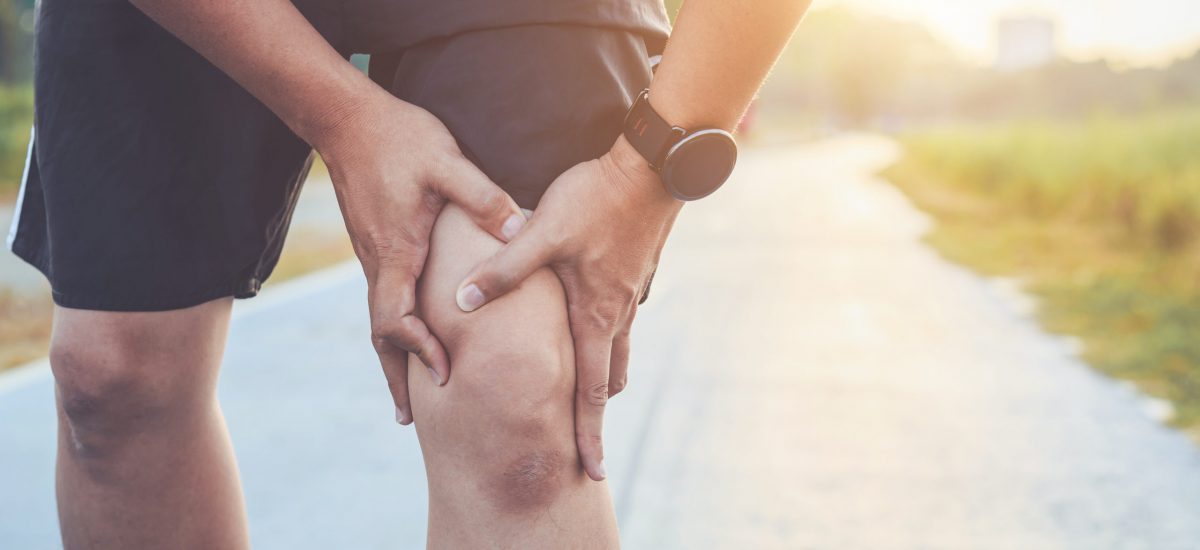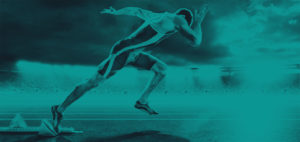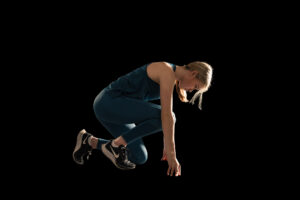Whether you’re a competitive runner or you incorporate running into your training, you want to ensure that you can enjoy a pain free experience. Athletes often become focussed on increasing the intensity and duration of their training runs, but often spend little time on their technique, until injury occurs.
My advice is always to move WELL before you move MORE!
If you’re a frequent runner, then you’re among the nearly 7 million Brits who spend time outdoors engaging in this activity. In fact, running, jogging and trail running are some of the most popular outdoor activities in the UK. This number will undoubtedly increase with new year’s resolutions when many people will dust off those old running shoes and pound the pavements and parks of their local areas.
Running is the go-to activity for so many people, quite simply because of the ease of involvement and the numerous health benefits associated with running. It strengthens your lower body muscles, helps maintain strong bones, boost cardiovascular fitness, and is known for enhancing mental health.
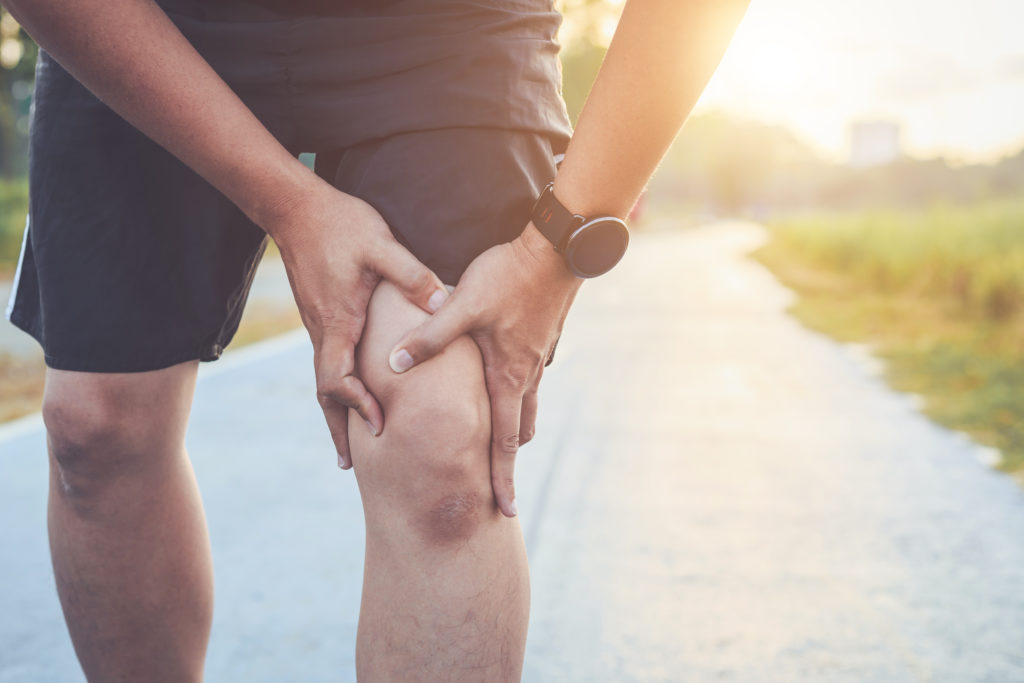
It has been said that most athletes literally run away from their problems and in pursuit of an endorphin rush or experiencing the “runner’s high” people are able to reduce the symptoms of anxiety and depression in just 15 minutes per day.
So, with all these incredible benefits it’s vital that runners ensure that their bodies don’t suffer wear and tear or debilitating injuries that will prevent them from running for long periods. Therefore, understanding correct running technique can become a game changer for many.
Are You Running At The Correct Pace?
One of the biggest mistakes I see athletes make is running at a pace that isn’t right for their specific needs. The group run is a weekly event for most club runners, and whilst it’s great to get out with others you need to ensure that you’re still training at the intensity and pace that is right for you. Incorrect pacing can often lead to muscle imbalances, improper joint alignment, fatigue, and injury.
If you feel sore and fatigued after running then you’re probably training at a pace that isn’t right for you. When an athlete runs at an incorrect pace, (Too fast or too slow) they place unnecessary stress on the body, and this can lead to muscle strain, cramps, and discomfort during and after running.
Our Advice: Enjoy the group sessions with your teammates – but ensure you know your heart rate zones and train at the intensity and pace that’s right for you.
Are You Creating Muscle Imbalances?
Most muscle imbalances in runners come from overcompensating on one side of the body, this may be because of an old injury, poor technique, or even running the same route over and over!
It’s common to see athletes favouring one foot over another in running stance, moving with poor posture, or continuing to train through injury and making things worse. However, these imbalances occur, they can result in numerous short and long-term issues which are often further compounded by athletes not stretching or recovering effectively between training sessions.
Muscle imbalances place an athlete at a higher risk of muscle strains and tears. The key is to fully understand your body, correct these imbalances and to learn to move in a way that enhances your performance and eliminates the potential for injury.
Our Advice: Treat your body to a deep tissue massage and use it as an educational experience to understand the imbalances your body may hold.
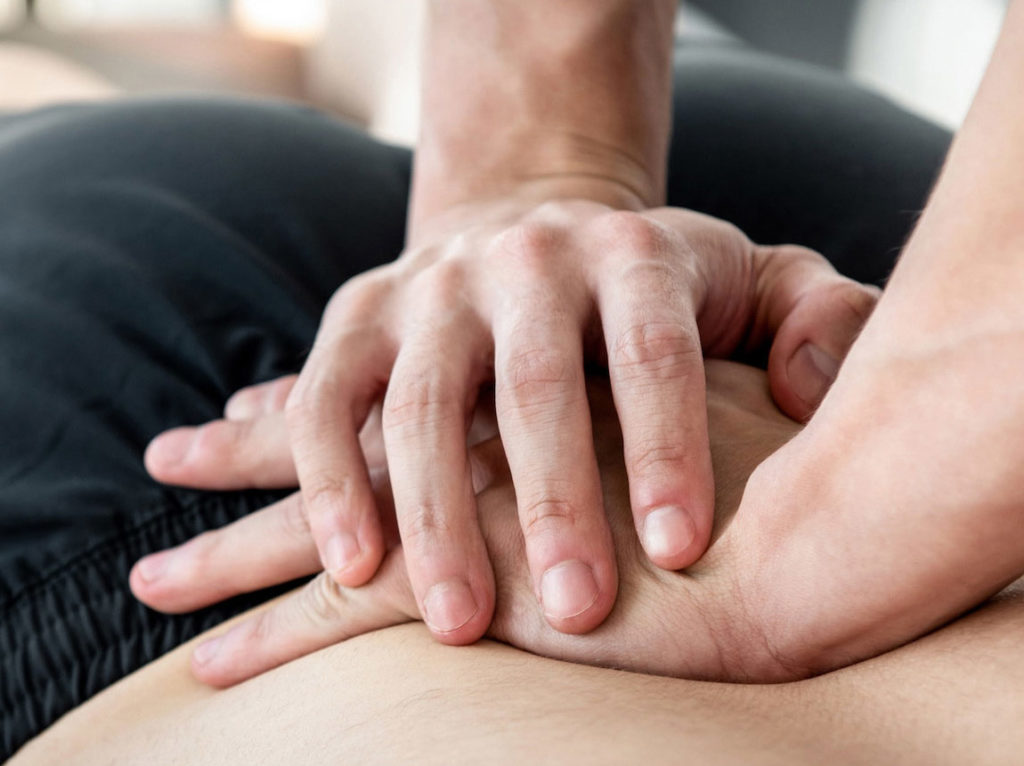
Understand How Much Force You Are Generating
The difference between an elite athlete and a club runner often comes down to the relationship the athlete has with their body and the ground. It’s Newton’s third law in action, “every action has an equal and opposite reaction”.
So, when we exert force on the ground during running, an equal and opposite reaction force is exerted on us by theground. The more force we can generate and transfer to and from the ground the faster we are able to propel our body’s forwards.
Understanding force development allows an athlete to gain invaluable information beyond what they can observe with the naked eye. Force platform analysis measures an athlete’s vertical and horizontal force, and this greatly assists them in improving their balance, stability, and force production by targeting and correcting any weaknesses.
Force platform assessments also help athletes become aware of the placement of their centre of mass as it traverses across the ground. This can then identify problematic areas in their technique and movements, which give them the opportunity to fix any weaknesses and develop a more appropriate running technique.
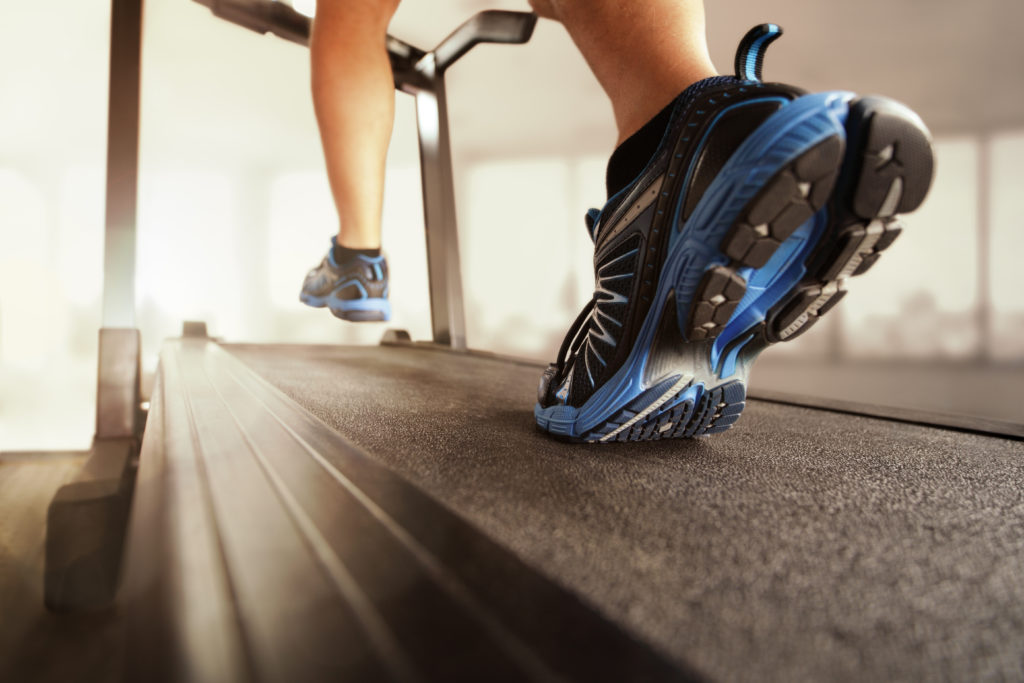
Understanding Your foot strike pattern?
Have you ever thought about how you run? Or perhaps you’ve seen someone run past you, legs and knees flailing everywhere and thought, that can’t be good for them! Understanding how your body moves and in particular, your foot-strike pattern has implications for your athletic performance and also the stress sustained by your body.
We can break foot striking down into three categories: Forefoot runners, mid-foot runners and heel strikers. In forefoot running, the ball of your foot is the first point of contact with the ground. If you’re a heel striker, then you’re making initial contact with the ground using your rearfoot/heel and midfoot strikers run with the centre of their foot landing on the ground. This is not a permanent state as a runner’s stride pattern can change depending on the terrain, running speed or even their running shoes.
There’s a lot of debate around which stride pattern is the best for running performance and injury prevention. Some hold the belief that a rearfoot strike increases the risk of running-related injuries as the heel is not designed to take on the level of force associated with running, which is about two to three times the body weight. Studies have shown that while changing to a midfoot or forefoot strike reduces the number of knee-related injuries, it may increase the risk of calf-related problems.
Forefoot striking has been extolled as being the most efficient and performance-enhancing, but many believe that it doesn’t necessarily improve running economy and there are many elite runners who adopt a heel strike, so there isn’t any best technique so to speak.
Our Advice: Get a comprehensive gait analysis, along with a bespoke conditioning and training programme to help you make informed decisions on how to run for optimal performance.
Simple tips for greater running efficiency and lesser impact
To avoid putting too much stress on your muscles, joints and tissues, we suggest that you practice these simple running techniques:
- Don’t over-stride as this can increase the load on your knees and hips.
- Combat this with a slightly shorter stride and higher running cadence.
- Check your foot position. They should be pointing in the direction you intend to travel rather than out to the side as this has a twisting effect on the ankles.
- Maintain an upright posture, so many runners develop a hunched position which increases ground reaction forces and poor muscle recruitment.
- Wear the right running shoes. Whilst a great pair of trainers may not instantly turn you into an athlete, an old or inappropriate pair will certainly slow you down and increase the risk of injury.
The process of improving your running technique starts with assessment, as the saying goes, if you’re not assessing, then you’re only guessing. At The Pro Sport Lab we’re able to offer great insights into your running style, technique and break down your movement to pinpoint your strengths, weaknesses, and areas of improvement. We take all of the guess work out this process for you and provide you with a detailed analysis and training protocols that will prevent injury and drastically enhance running performance enabling you to run faster and further with significantly less effort.
Want To Find Out More?
Contact Us to find out more about our running-based assessments and training programmes.
